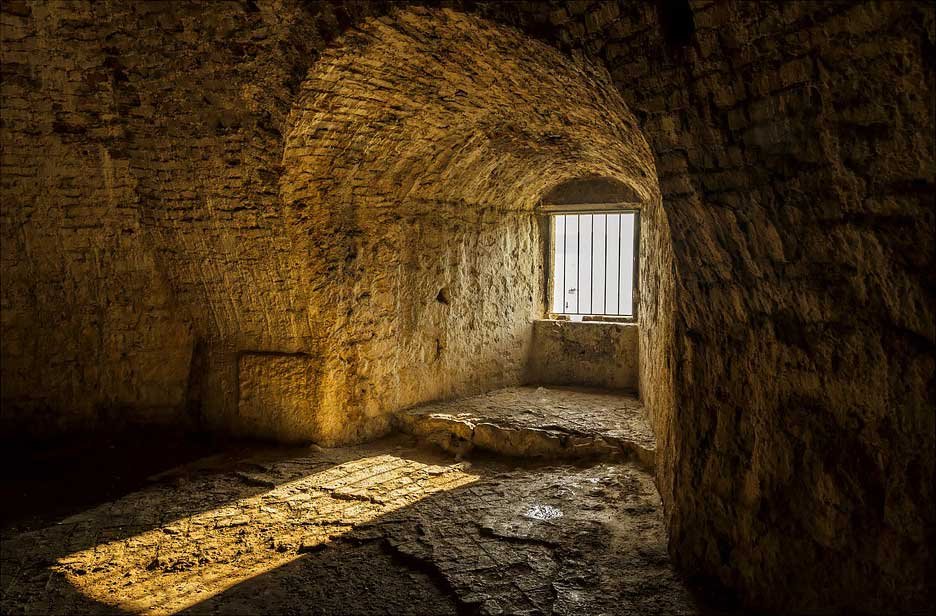Few prisons in European history are familiar as France’s Bastille because of its crucial focus in the French Revolution mythology. The Bastille is a hazard. The deep, gloomy Prison where the king’s critics consigned if they were too outspoken is a renowned aspect of the French Revolution.

And, when circumstances warmed up, and the guillotines came, a mob of furious, popular French people gathered to knock down the barriers of this prestigious institution, free the prisoners within, and begin their revolutionary.
The concept is intriguing, isn’t it! We try to find out more about it. Let’s catch a glimpse.
Who Erected the Bastille in France?
In the 17th century, Richelieu, King Louis XIII’s chief minister, converted the fortress into a state prison. They erected Bastille around 1370 and 1383 as part of Paris’ fortifications during the reign of King Charles V.
When the Bastille is a storm, how many prisoners they freed?
On July 14, a revolution crowd, mostly inhabitants of the faubourg Saint-Antoine, stormed the Bastille to usurp the costly gunpowder kept inside the fortress. Seven remaining prisoners identify and freed, and the crowd stabbed the Bastille’s governor, Bernard-René de Launay.
Who Was Held Prisoner in the Bastille?
On July 14, there were just a few prisoners in the Bastille. They would imprison only 40 people in the Prison, and they were all representatives of the aristocracy.
Despite the existence of the Marquis de Sade, breakout attempts punishment with periods of solitary imprisonment, but no one harm.
Only a few days before July 14, the marquis, who was spending his third sentence for victimizing a lady, transfer to another prison and enjoyed situations typical of Bastille life.
The Bastille held a huge number of prisoners over the years. Some inmates were in good health, while others were political detainees with whom they had brief contact.
VOLTAIRE is one of them.In 1717, François-Marie Arouet, better known as the writer Voltaire, imprison in the Bastille for 11 months.
Despite being just in his early twenties, he had already run into trouble with the authorities because of the criticisms of the government and religious fanaticism. They transported him to the Prison without even a conviction after charging the monarch and his daughter with adultery.
Voltaire won’t suffer horribly in Prison—he dined at the governor’s table, composed his first drama, and established Voltaire’s nom de plume.
Eustache Dauger was another Bastille Prisoner. He names as an IRON MASK who was a veritable prisoner. Eustache Dauger, imprisoned in the Bastille, became the inspiration for Alexandre Dumas’s novel The Man in the Iron Mask.
The Man with the Iron Mask was an unknown prisoner captured in 1669 or 1670 and incarcerated in a handful of French prisons, including the Bastille and the Fortress of general.
They imprisoned him in the care of the same Prisoner, being Dauvergne de Saint-Marc, for 34 years, and were renowned for being recognizable because of the mask put over his face during his time in Prison.
Where Is The Bastille Located?
The Place de la Bastille in Paris’s 11th district, not too far from the Place de la République. Bastille was a prison under the reign of Louis XI. The area used to be home to the ancient Bastille fortification. The revolutionaries assaulted and demolished this state jail on July 14, 1789.
Who Known As The Bastille Prisoner?
The Bastille: In Paris, the Bastille is known to be a symbol of the ancient regime of the great monarchy that governed France for centuries.
Even though it constructs as a castle during the Middle Ages, it uses as a political Jail until the closing of the 18th century, in 1789. In 1789, a crowd stormed and took over the Bastille, marking a watershed moment inside the French Revolution.
Over the years, it held many prisoners at the Bastille. Some were very well, and others were political prisoners with a little familiarity. For example, the French Enlightenment philosopher Voltaire imprison because his sarcastic political works angered the monarchy.
The Marquis de Sade, from whom the term “sadism” originates, and incarcerated there. When revolutionaries seized the Bastille on July 14, 1789, there were only seven prisoners inside.
When Was Bastille Stormed?
On July 14, a revolutionary crowd, mostly inhabitants of the faubourg Saint-Antoine, stormed the Bastille to take the valuable gunpowder kept within the Prison. Seven surviving inmates trace and freed, and the crowd assassinated the Bastille’s governor, Bernard-René de Launay.
What Happened At The Storming Of The Bastille?
The peasants supported The National Assembly and wanted to equip themselves against every action taken by the monarch. People marched from Paris to Bastille and stormed the palace in protesting of a shortage of bread.
Is the Bastille still in existence?
It now linked Bastille only with July 14, 1789 revolution. The Bastille is no longer serving, except in pieces dispersed throughout Paris. Following the revolution, the fortress dismantles particular stones salvage as souvenirs and used in road construction.
Conclusion
The rebels approached the Bastille on the morning of July 14. They asked that the Bastille’s military commander, Governor de Launay, hand up the Prison and the gunpowder. Frightened troops in the Bastille opened fire in the crowd. The battle began.
In 1789, revolutionaries stormed the Bastille prison. Napoleon, a military, defeated the revolutionary government and founded the French Consulate in 1799, bringing the revolutionary to an end.













Pingback: Bastille Prison Paris, France| Build To Demolished History
Pingback: Why Was Bastille Most Hated Prison in France?